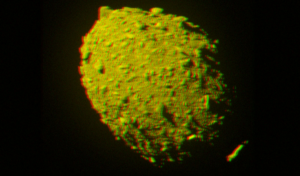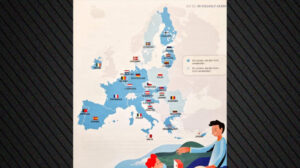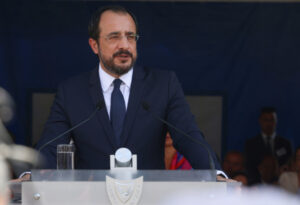In September 2022, NASA intentionally smashed its Double Asteroid Redirection Test (DART) spacecraft into a tiny asteroid called Dimorphos, a landmark test to see whether we could divert potentially dangerous space rocks in the future.
The collision was powerful enough to knock Dimorphos off its trajectory, releasing copious amounts of dust and loose rock in the process, as seen in spectacular images taken by NASA’s Hubble and Webb space telescopes.
Now, scientists who simulated the space rock suggest that Dimorphos’ shape may be changing — even “healing,” as ScienceAlert puts it — after being brutally hit.
In a new paper published in the journal Nature Astronomy, researchers argue that the European Space Agency’s upcoming Hera mission to the site of the impact “may find a reshaped asteroid rather than a well-defined crater.”
The simulation supports the theory that the asteroid is nothing more than a “weak” pile of “rubble” that was formed through loose rocks being shed by Dimorphos’ larger binary twin Didymos — which could have considerable implications for future asteroid redirection efforts.
Continue here: Futurism
Ask me anything
Explore related questions





